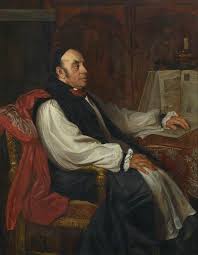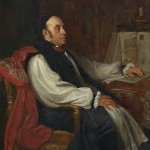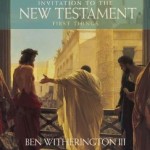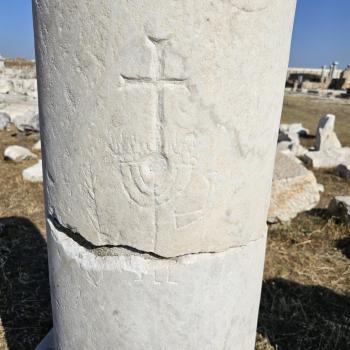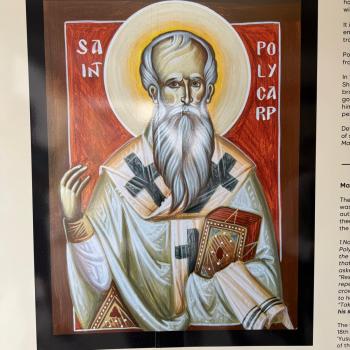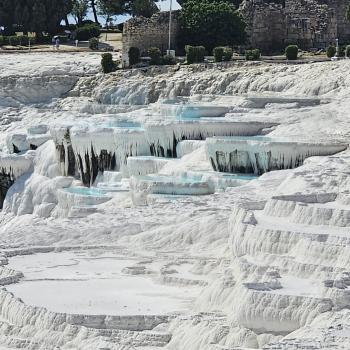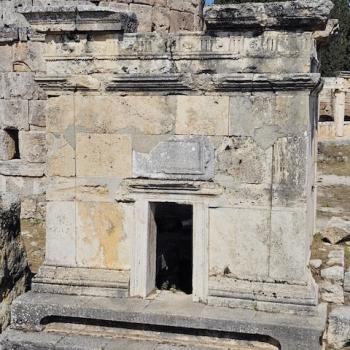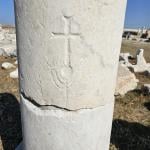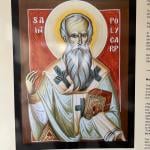In 1881 Lightfoot presided over the twenty-first meeting–the coming of age–of the Church Congress at Newcastle-on-Tyne, The British Association had just kept its jubilee in the metropolis of the Northern Province. Here is the Bishop’s happy and characteristically hopeful reference to the coincidence:–
The President availed himself of the occasion to sum up the achievements of the half-century past–untrodden fields opened out, fresh sciences created, a whole world of fact and theory discovered, of which men had hardly a suspicion at the beginning of this period.
“In this commemoration we are reminded of the revolution in the intellectual world that has taken place in our own time, as in the other , our attention was directed to the revolution in the social and industrial world. Here again we are confronted with a giant force, of which the Church of Christ must give an account. If we are wise we shall endeavour to understand and to absorb these truths. They are our proper heritage as Christians, for they are manifestations of the Eternal Word, who is also the Head of the Church. They will add breadth and strength and depth to our theology. Before all things we shall learn by the lessons of the past to keep ourselves free from any distrust or dismay. Astronomy once menaced, or was thought to menace, Christianity. Long before we were born the menace had passed away. We found astronomy the sworn ally of religion. The heresy of the fifteenth and sixteenth centuries had become the orthodoxy of the nineteenth. When some years ago an eminent man of science, himself a firm believer, wrote a work throwing doubt on the plurality of worlds, it was received with a storm of adverse criticism, chiefly from Christian teachers, because he ventured to question a theory which three centuries earlier it would have been a shocking heresy to maintain. Geology next entered the lists. We are old enough, many of us, to remember the anxiety and distrust with which its startling announcements were received. This scare, like the other, has passed away. We admire the providential design that through myriads of years prepared the earth by successive gradations of animal and vegetable life for its ultimate destination as the abode of man. Nowhere else do we find more vivid and striking illustrations of the increasing purpose which runs through the ages. . . .”
“Our theological conceptions have been corrected and enlarged by its teaching, but the work of the Church of Christ goes on as before. Geology, like astronomy, is fast becoming our faithful ally. And now, in turn, Biology concentrates the same interests, and excites the same distrusts. Will not history repeat itself? If the time should come when evolution is translated from the region of suggestive theory to the region of acknowledged fact, what then? Will it not carry still further the idea of providential design and order? Will it not reinforce with new and splendid illustrations the magnificent lesson of modern science–complexity of results traced back to simplicity of principles–variety of phenomena issuing from unity of order–the gathering up, as it were, of the threads that connect the universe, in the right hand of the One Eternal Word? Thus we are reminded by these two celebrations of the twin giants, the creation of our age, with which the Church of Christ has to reckon–foes only if they are treated as such, but capable of being won as trusty allies, by appreciation, by sympathy, by conciliation and respect.”


